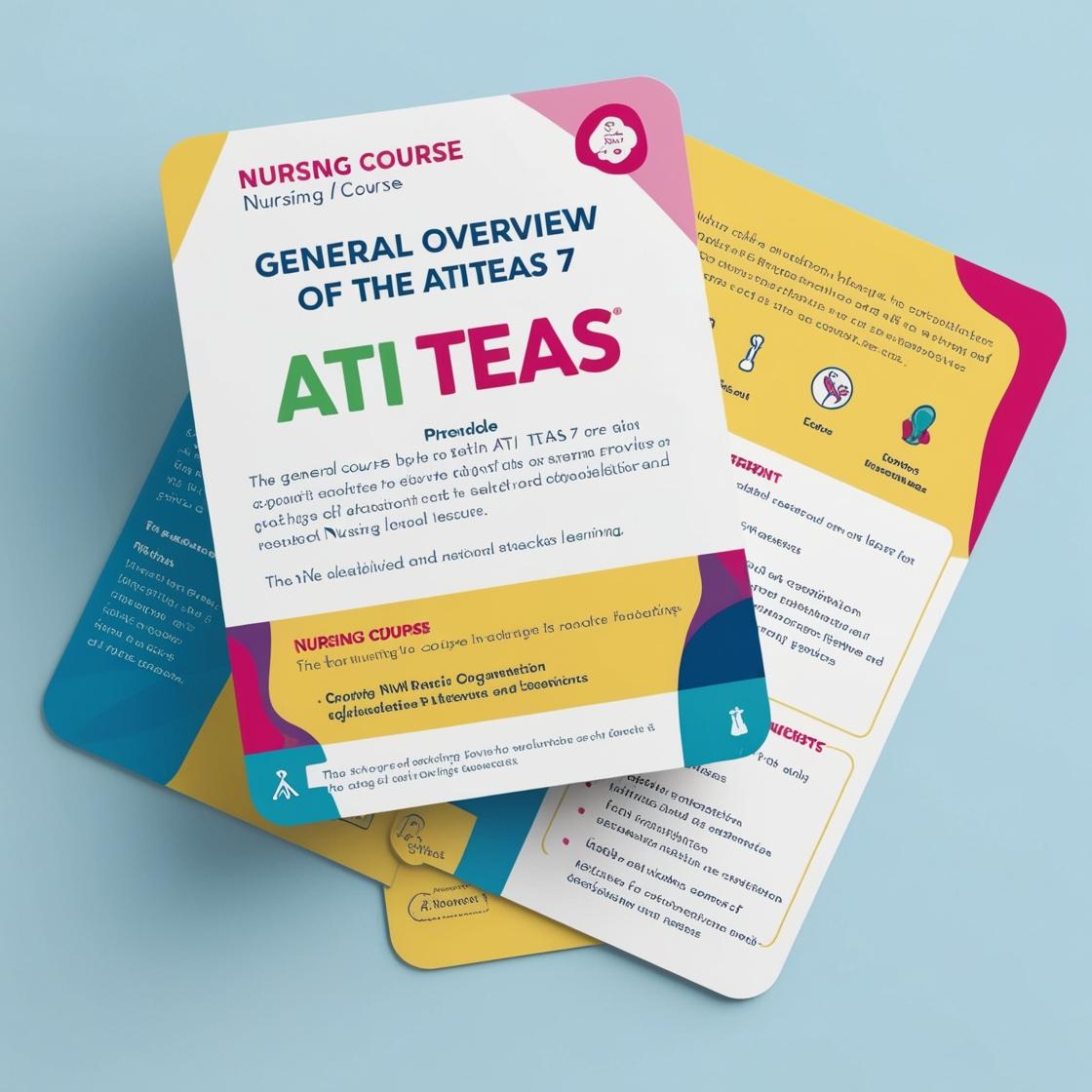ATI TEAS 7
TEAS 7 science study guide free
1. When is a solution considered saturated?
- A. More solute cannot be dissolved
- B. The solvent starts to evaporate
- C. The solution becomes cloudy
- D. It reaches a specific temperature
Correct answer: A
Rationale: A solution is considered saturated when it has dissolved the maximum amount of solute that can be dissolved at a given temperature. At this point, adding more solute will not result in further dissolution, indicating that the solution is saturated. The other choices are incorrect because the solvent evaporating or the solution becoming cloudy are not definitive indicators of a saturated solution. Additionally, reaching a specific temperature does not determine saturation, as the solubility of a solute can vary with temperature. Therefore, the correct answer is that more solute cannot be dissolved in a saturated solution.
2. Which of the following blood vessels carries oxygenated blood from the lungs back to the left atrium of the heart?
- A. Pulmonary artery
- B. Pulmonary vein
- C. Aorta
- D. Inferior vena cava
Correct answer: B
Rationale: The correct answer is B: Pulmonary vein. The pulmonary vein carries oxygenated blood from the lungs back to the left atrium of the heart. This oxygenated blood is then pumped out to the rest of the body. The pulmonary artery, choice A, carries deoxygenated blood from the heart to the lungs for oxygenation. The aorta, choice C, is responsible for carrying oxygenated blood from the heart to the body's tissues. Choice D, the inferior vena cava, transports deoxygenated blood from the lower body back to the heart.
3. Which type of nutrient requires the most complex and lengthy digestion process?
- A. Carbohydrates
- B. Proteins
- C. Fats
- D. Vitamins
Correct answer: B
Rationale: Proteins require the most complex and lengthy digestion process compared to the other nutrient types provided. When proteins are consumed, they undergo a process where they need to be broken down into amino acids, which are essential building blocks of proteins. This intricate digestion process begins in the stomach aided by stomach acid and enzymes, proceeds to the small intestine where further enzymes break down proteins into amino acids, and concludes with the absorption of these amino acids into the bloodstream for various bodily functions. Carbohydrates and fats also require digestion, but the process for breaking down proteins into amino acids is notably more intricate and time-consuming. In contrast, vitamins do not require digestion in the same manner as proteins, carbohydrates, and fats because they are already in a form that can be readily absorbed by the body.
4. What does antidiuretic hormone (ADH) help the kidneys regulate?
- A. Acid-base balance
- B. Blood pressure
- C. Urine output by controlling water reabsorption
- D. All of the above
Correct answer: C
Rationale: Antidiuretic hormone (ADH) helps the kidneys regulate urine output by controlling water reabsorption. ADH acts on the kidneys to increase the reabsorption of water, leading to a decrease in urine output. This helps the body conserve water and maintain proper fluid balance. ADH primarily affects urine output by controlling water reabsorption and does not directly regulate acid-base balance or blood pressure. Therefore, choices A and B are incorrect because ADH does not directly influence acid-base balance or blood pressure.
5. Which of the following organs is NOT directly involved in the mechanical breakdown of food?
- A. Mouth
- B. Stomach
- C. Small intestine
- D. Esophagus
Correct answer: D
Rationale: The correct answer is the esophagus (D). The esophagus is not directly involved in the mechanical breakdown of food. Its primary function is to transport food from the mouth to the stomach through peristalsis, a series of muscular contractions. The mouth is involved in the initial mechanical breakdown by chewing and mixing food with saliva. The stomach mechanically breaks down food through churning movements, and the small intestine further breaks down food through peristalsis and segmentation. Choices A, B, and C are directly involved in mechanical breakdown processes. The mouth helps in chewing and mixing food with saliva, the stomach mechanically breaks down food through churning movements, and the small intestine continues the breakdown process with peristalsis and segmentation.
Similar Questions

Access More Features
ATI TEAS Premium Plus
$149.99/ 90 days
- Actual ATI TEAS 7 Questions
- 3,000 questions with answers
- 90 days access
ATI TEAS Basic
$99/ 30 days
- 3,000 Questions with answers
- 30 days access
